I am using NodeJs to upload files to AWS S3. I want the client to be able to download the files securely. So I am trying to generate signed URLs, that expire after one usage. My code looks like this:
Uploading
const s3bucket = new AWS.S3({
accessKeyId: 'my-access-key-id',
secretAccessKey: 'my-secret-access-key',
Bucket: 'my-bucket-name',
})
const uploadParams = {
Body: file.data,
Bucket: 'my-bucket-name',
ContentType: file.mimetype,
Key: `files/${file.name}`,
}
s3bucket.upload(uploadParams, function (err, data) {
// ...
})
Downloading
const url = s3bucket.getSignedUrl('getObject', {
Bucket: 'my-bucket-name',
Key: 'file-key',
Expires: 300,
})
Issue
When opening the URL I get the following:
This XML file does not appear to have any style information associated with it. The document tree is shown below.
<Error>
<Code>AccessDenied</Code>
<Message>
There were headers present in the request which were not signed
</Message>
<HeadersNotSigned>host</HeadersNotSigned>
<RequestId>D63C8ED4CD8F4E5F</RequestId>
<HostId>
9M0r2M3XkRU0JLn7cv5QN3S34G8mYZEy/v16c6JFRZSzDBa2UXaMLkHoyuN7YIt/LCPNnpQLmF4=
</HostId>
</Error>
I coultn't manage to find the mistake. I would really appreciate any help :)

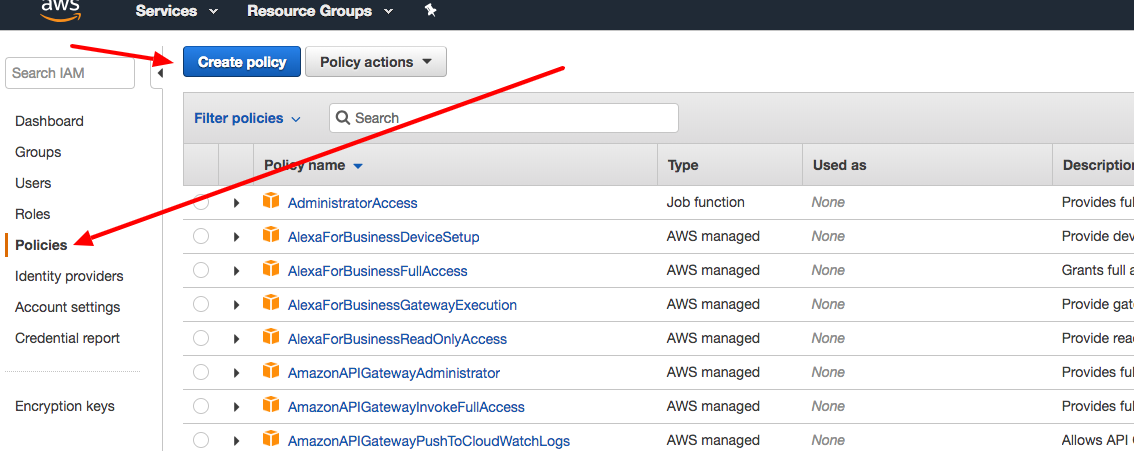
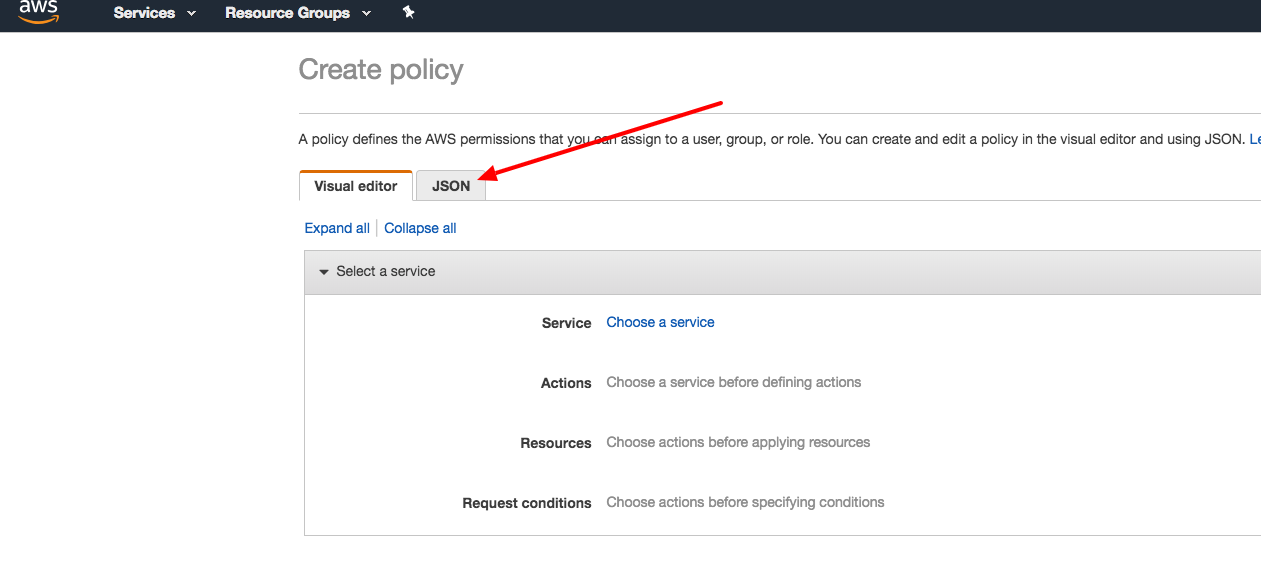
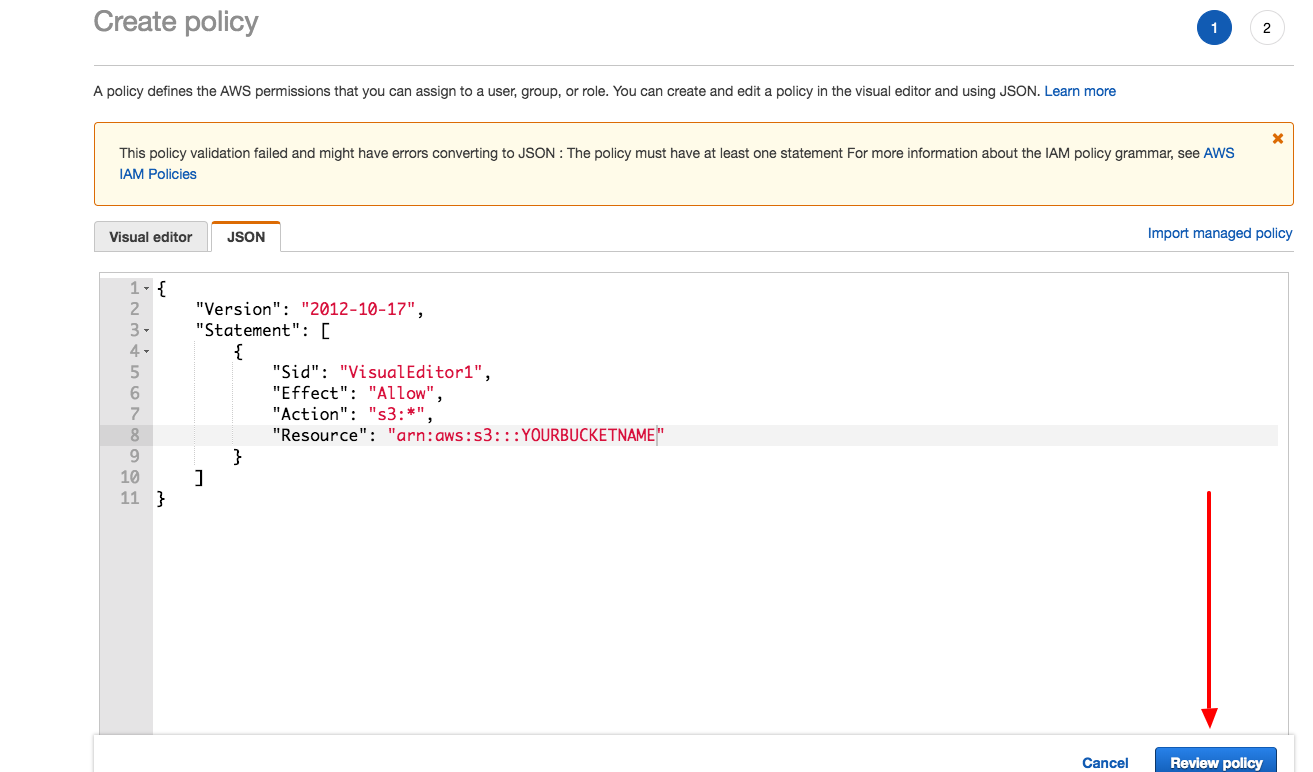
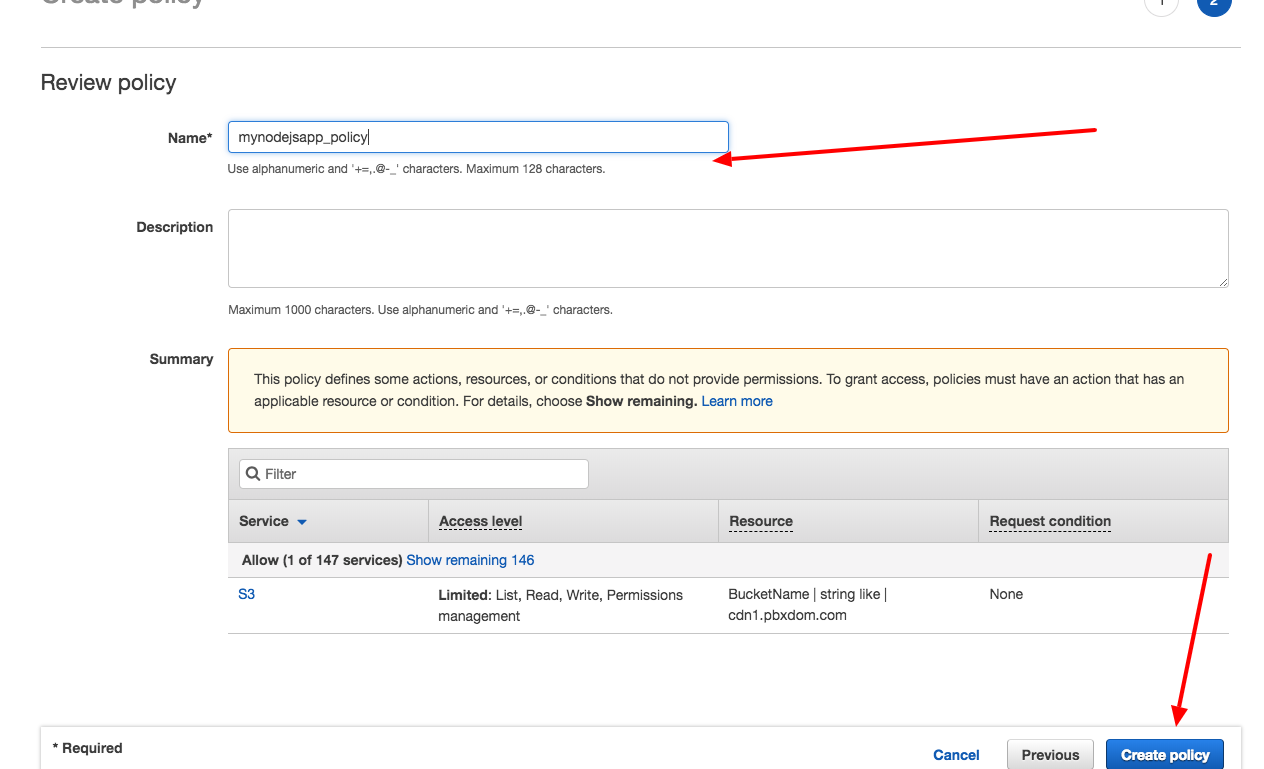
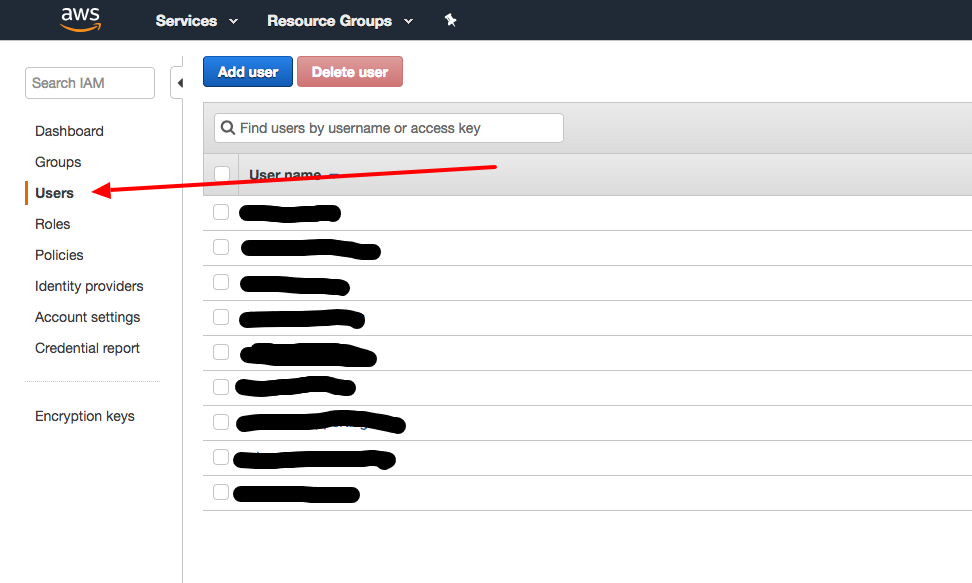
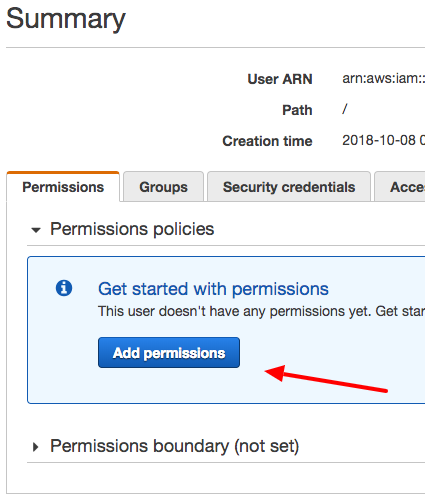
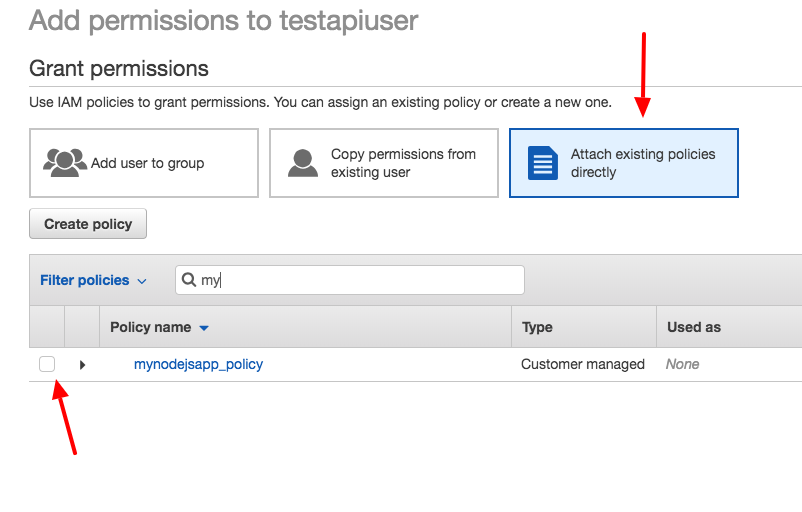
getSignedUrlare valid – WorkableAccessDeniedresponse try checking your bucket permissions and allow the user to read and view (enable read and view permissions). – Workable